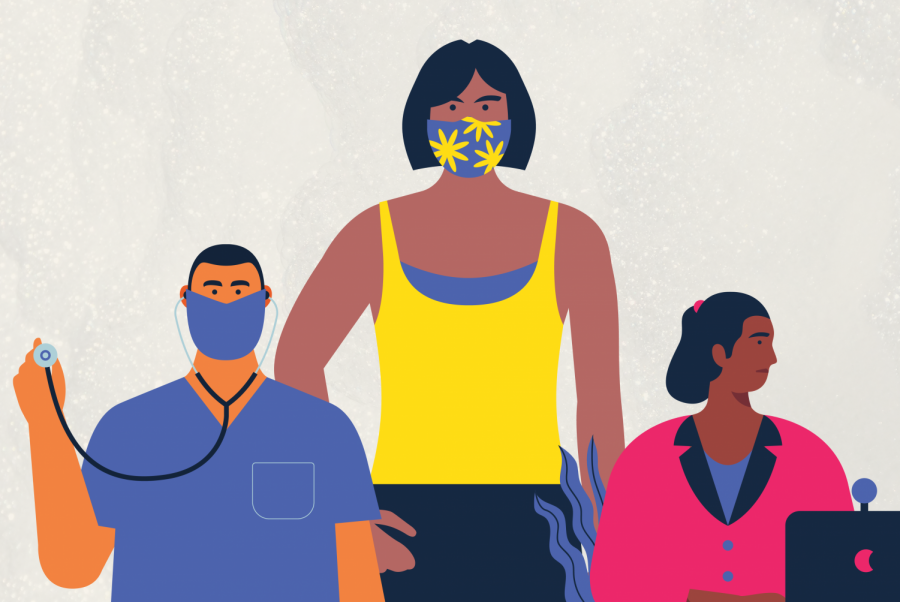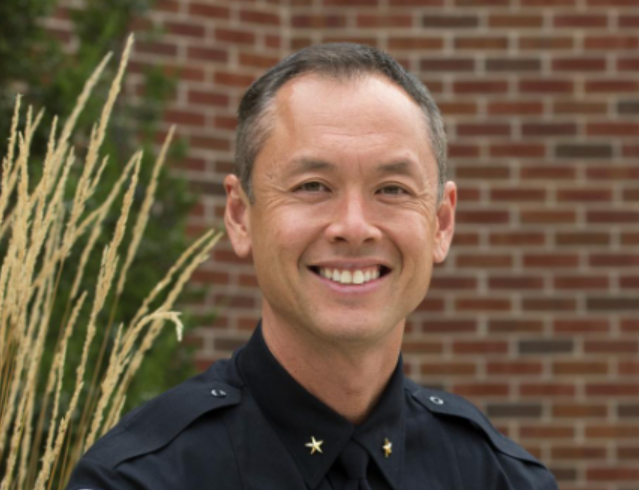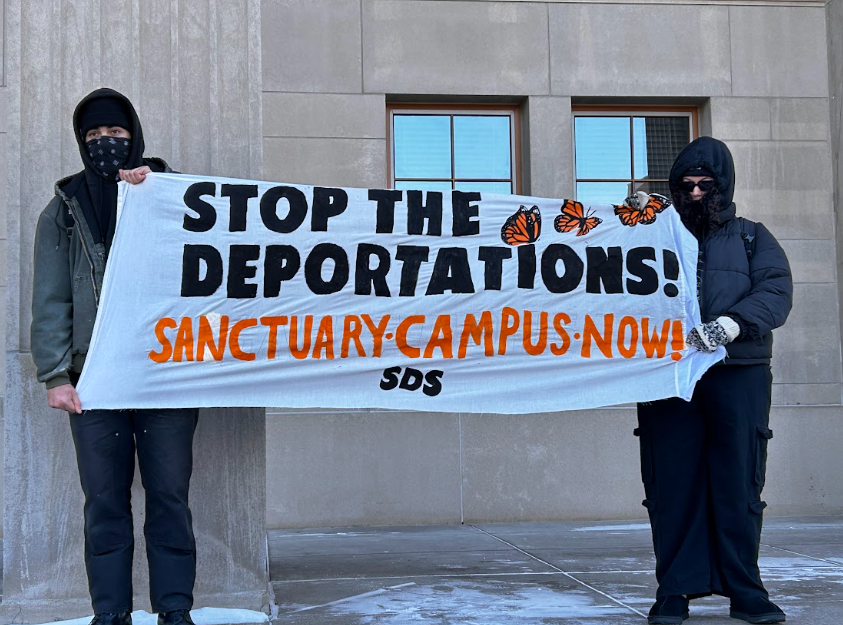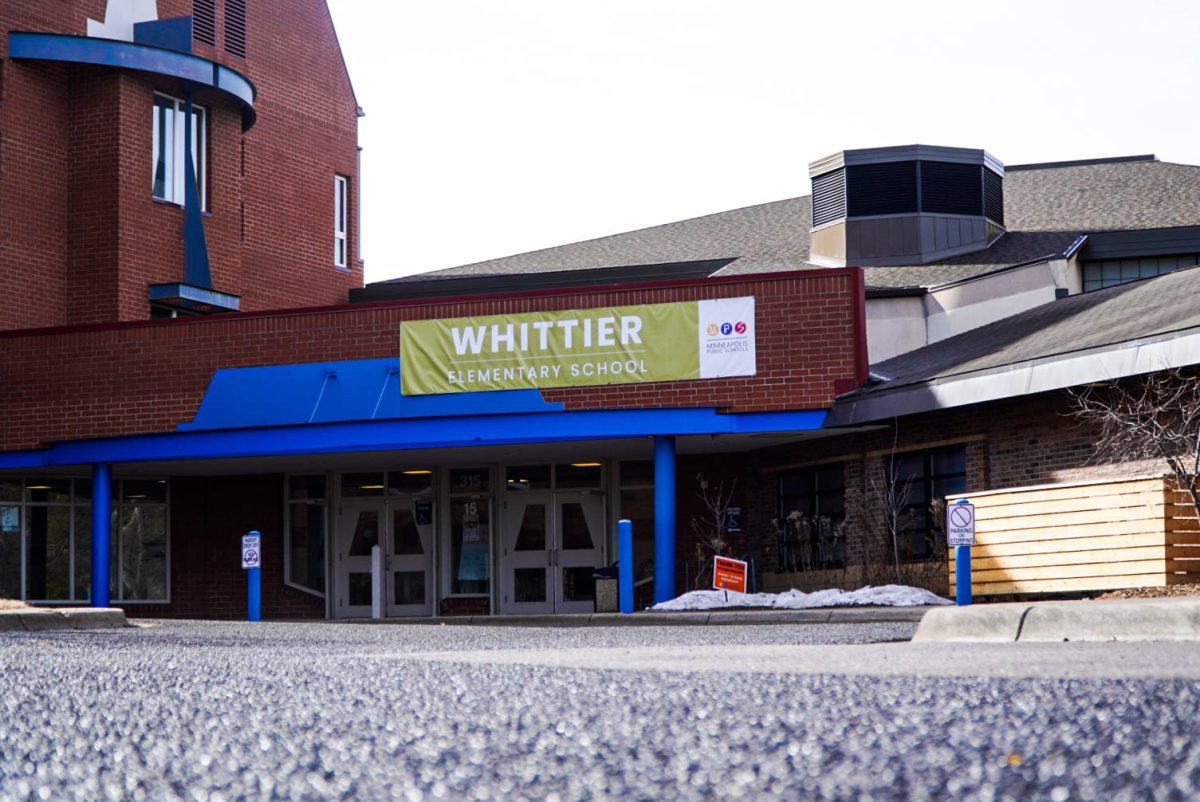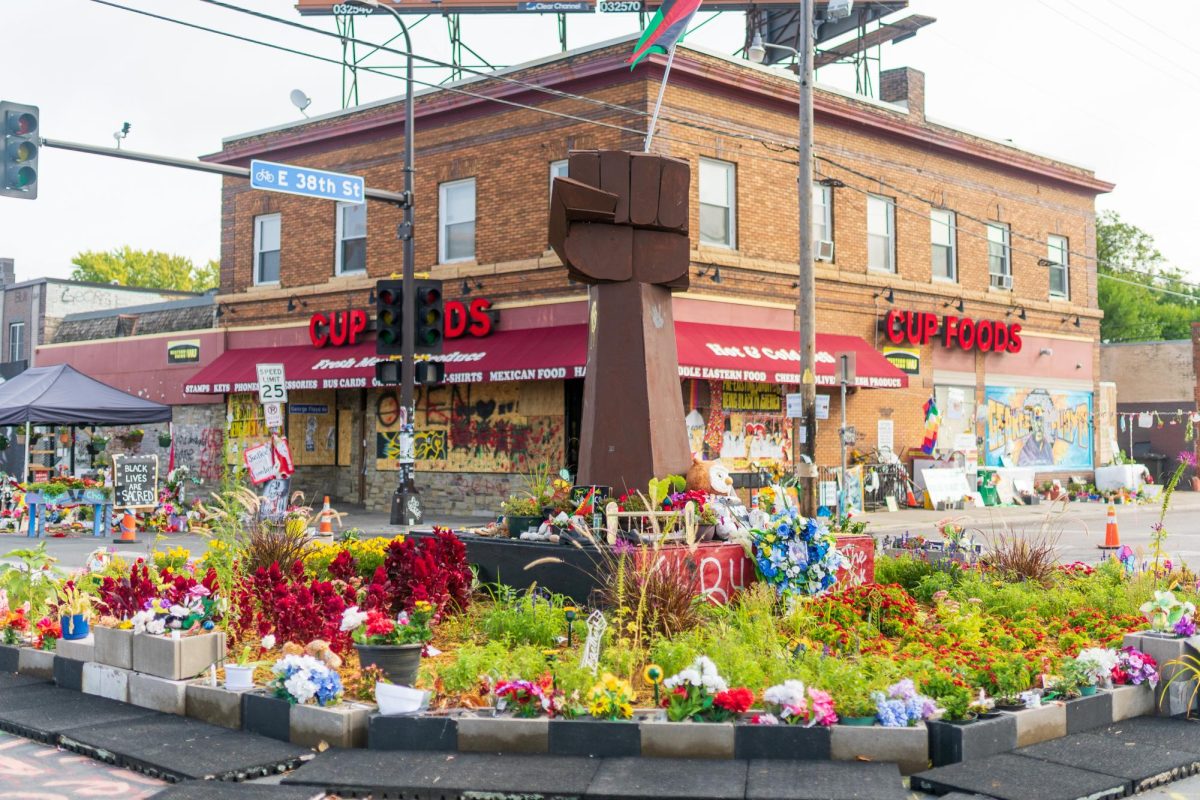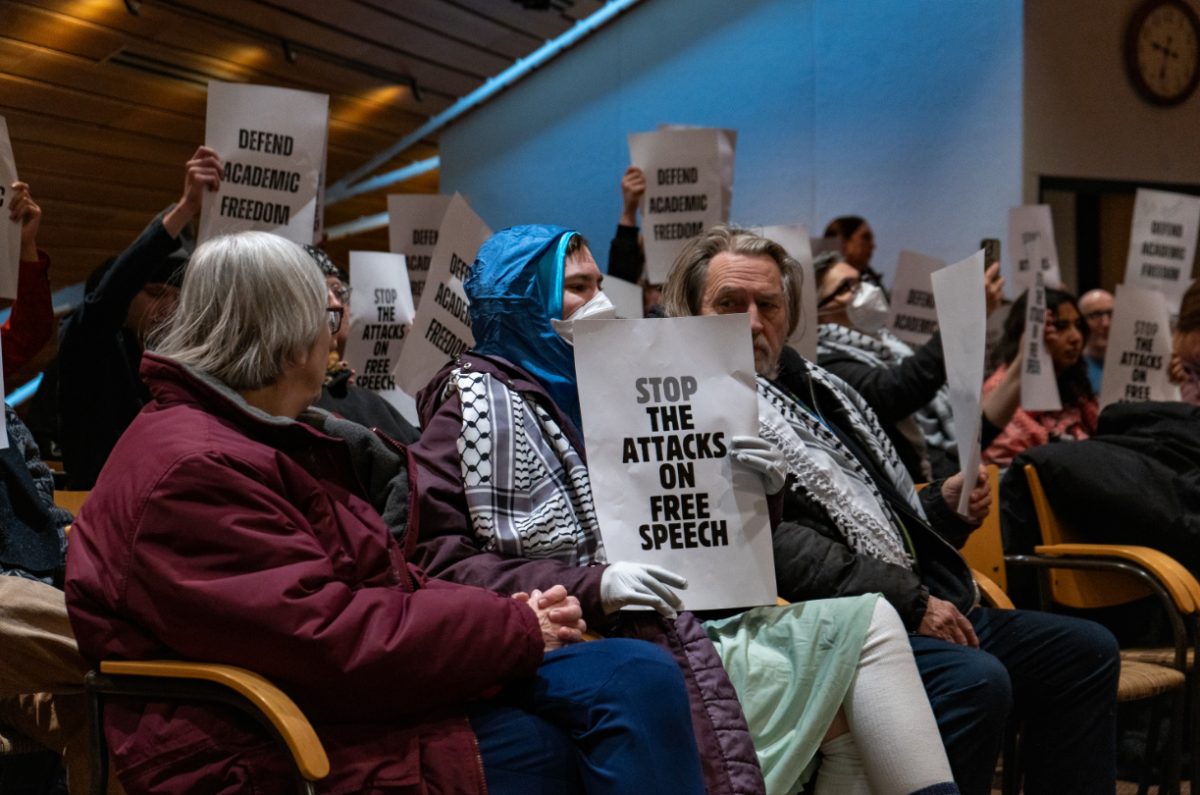A new student group in the University of Minnesota School of Dentistry is looking to continue the effort to advance diversity, equity and inclusion in the school.
The group, Better Together, hosted its first event on May 25, exactly one year after George Floyd was murdered in Minneapolis.
Arpun Johal, a third-year student in the school and one of the group’s founding members, said Floyd’s murder prompted the group’s formation.
“Last year, I feel that many people did a lot of reflection about racism and the political climate in the U.S.,” Johal said. “From that, we noticed that there was a lot of work to be done in our own careers to help with the larger civil rights movement.”
The group’s first meeting covered recent hate crimes against Asian Americans and Pacific Islanders, anti-Asian racism, the experiences of Asian dental students at the University and how to become a better ally to Asian students and patients.
Since May 2020, hate crimes against Asians in 16 of the country’s largest cities and counties are up 164%, according to the Center for the Study of Hate and Extremism at Cal State University San Bernardino.
New York City saw the largest increase in such reported crimes against Asians with a 223% spike in early 2021.
Johal said it was important to cover this topic at the first meeting given the spike in hate crimes and anti-Asian sentiment in the country.
“We wanted to capture the moment and have these discussions when the whole country had just experienced these events,” Johal said. “The concepts are more likely to hit home if the topic is fresh; people are still thinking about it and are more likely to take action.”
Zayna Jan, another third-year student and founding member of Better Together, created a toolkit for bystander intervention that students can review and utilize.
“I wanted [the toolkit] to be something that people can look at easily and understand quickly — and for it to be dental school specific,” Jan said.
Giving students the ability to share their stories has already been effective. Incidents of racism are often suppressed by students of color and thus these situations can go unnoticed by the majority of dental students, she added.
“Education and open discussion is the first step, and we are trying to get people involved and just listen,” Jan said. “Whether people acknowledge them or not, these things affect the way people treat their patients … it does affect the line of work that we do, and I hope that sparks something in people.”
Diversity in dentistry
Dr. Naty Lopez is a professor in the school and is the assistant dean for admissions and diversity, equity and inclusion. Lopez applauded student efforts over the past year and said she looks forward to continuing the conversations.
“What has been so important about this last year is that we have responded to the current events as a grassroots movement instead of a top-down approach,” Lopez said. “[Students] were not just satisfied with learning about bias and discrimination, they wanted to be prepared as future health care professionals to work with a diverse patient population.”
As of spring 2021, students pursuing a doctor of dental surgery were 62% white. The next largest racial group was Asians at 12%, while Black and Hispanic students made up around 2% of the student body respectively.
Lopez said that the dental school is not yet where it wants to be in terms of structural diversity within the school.
Many of the patients receiving care in the University dental clinics are from marginalized backgrounds. Having a student body that is more reflective of that patient population is difficult because of the cost and extra preparation necessary for students to reach dental school, Lopez said.
The projected four-year cost of attendance at the school for non-Minnesota residents graduating in 2024 is almost $511,000. For Minnesota residents it is just under $343,000.
Along with other students, Jan said it was conflicting to ask the dental school to admit more students of color because they believe the current environment and culture would not be entirely beneficial for those students.
“Why would you put more students of color into an environment that they are not safe in or are not going to thrive in?” She said.
Pushing forward
Better Together wants to host at least one monthly meeting going forward, Jan said.
Lopez said she believes the dental school’s students, faculty and staff have turned the last year into an opportunity for positive change.
“You can see the coming together of different groups, and I think that is the key — for the school to believe and think that this is our work, not just the work of one group,” she said.
With Juneteenth around the corner, Johal said Better Together hopes to cover topics relating to the Black community in the coming month.
“We want to continue to provide space for students to be able to share their experiences,” she said.
James Schaak contributed to this report.


